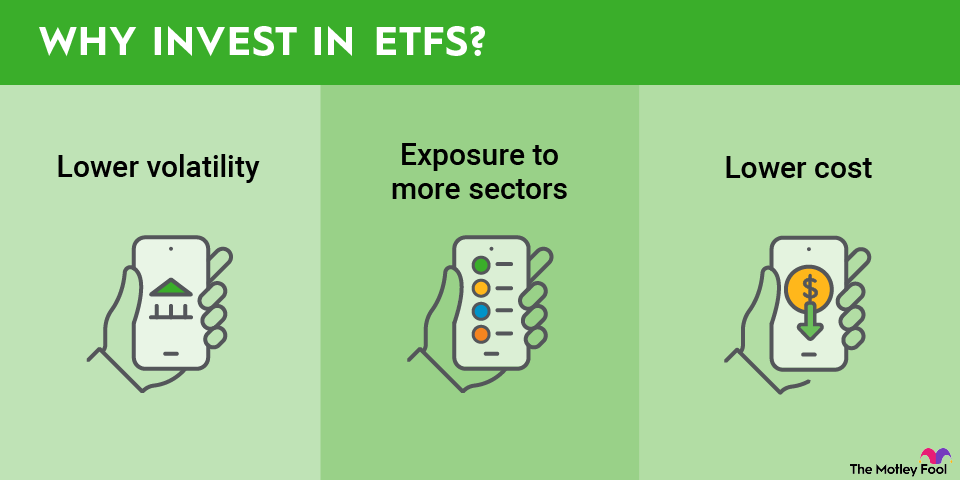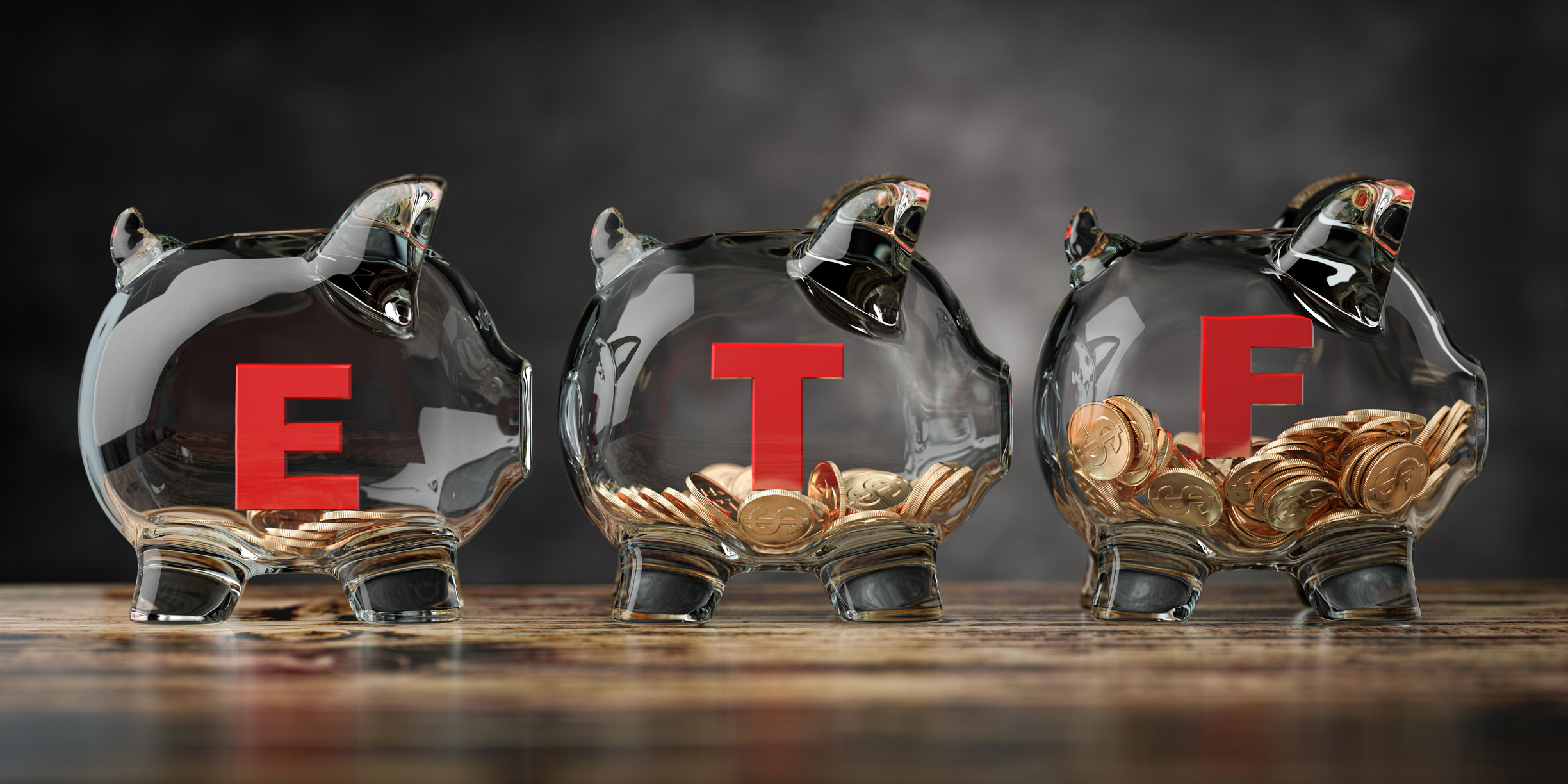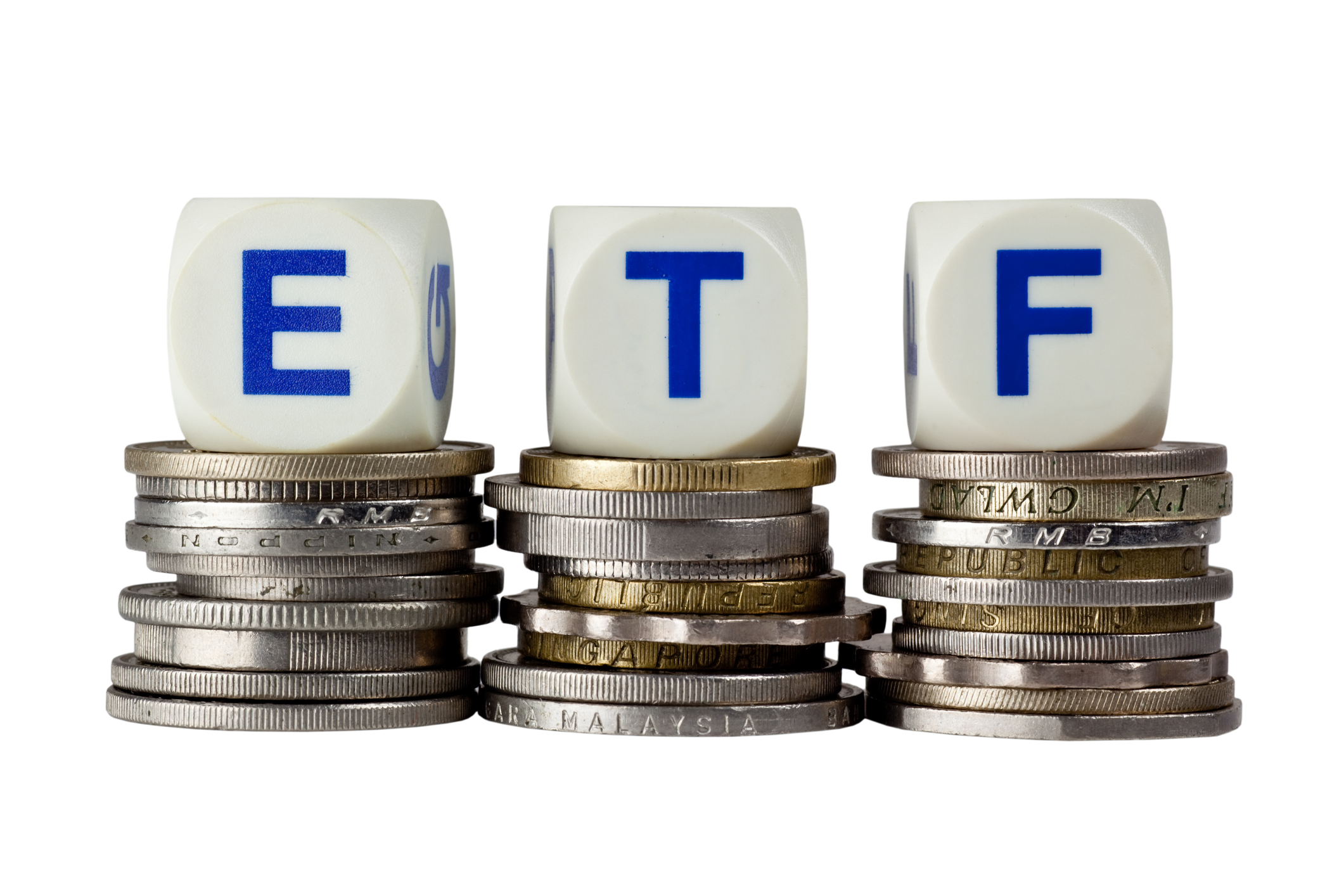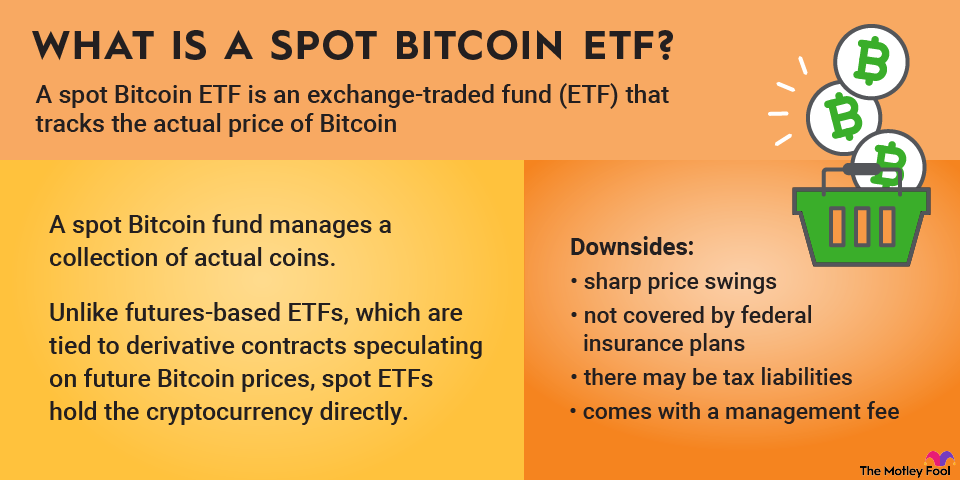The iShares Preferred and Income Securities ETF (PFF +0.14%) lets investors sit in a unique position between shareholders and bondholders, creating a “jack-of-all-trades” approach to income generation.
It’s generally less volatile than stocks, offers more upside than bonds, and provides steady, tax-efficient income for those seeking a balance between risk and reward.
However, with that middle ground comes added complexity. Preferred securities behave differently from either traditional equities or fixed income, so beginner investors should understand their structure and risks before buying.

NASDAQ: PFF
Key Data Points
What is the iShares Preferred and Income Securities ETF?
This ETF tracks the ICE Exchange-Listed Preferred & Hybrid Securities Index.
To be added, securities must meet minimum issuance sizes along with liquidity and credit quality standards. Most holdings come from investment-grade issuers, and the fund is market-cap weighted, meaning larger issues carry more influence.
Preferred stocks sit between bonds and common stock in a company’s capital structure. They typically pay fixed or floating dividends and may be callable, meaning the company can redeem them at a set price after a certain date.
While preferreds rank above common equity in liquidation (making them safer), they rank below bonds, so they’re still subject to credit and market risk.
Exchange-Traded Fund (ETF)
How to buy the iShares Preferred and Income Securities ETF
Step 1: Open your brokerage account: Log in to your brokerage account where you handle your investments.
Step 2: Search for the ETF: Enter the ticker or ETF name into the search bar to bring up the ETF's trading page.
Step 3: Decide how many shares to buy: Consider your investment goals and how much of your portfolio you want to allocate to this ETF.
Step 4: Select order type: Choose between a market order to buy at the current price or a limit order to specify the maximum price you're willing to pay.
Step 5: Submit your order: Confirm the details and submit your buy order.
Step 6: Review your purchase: Check your portfolio to ensure your order was filled as expected and adjust your investment strategy accordingly.
Holdings of the iShares Preferred and Income Securities ETF
The ETF currently holds 451 securities, making it one of the best ETFs available for preferred shares if your priority is maximum diversification.
As of Oct. 9, 2025, about 67% of holdings come from financial institutions like banks and insurance companies, which issue preferred shares to raise capital while preserving common equity ownership.
Another 22% is in industrial companies, and roughly 10% comes from utilities, which value the predictable funding preferred shares provide.
Because most individual preferred stocks don’t trade frequently or may be difficult for retail investors to access directly, buying this ETF gives you instant diversification and liquidity.
It’s an efficient way to hold a basket of preferred shares without worrying about the intricacies of individual issues.
Should you invest in the iShares Preferred and Income Securities ETF?
If you already own stocks and bonds and want to diversify your income sources, this ETF can be a solid middle ground.
It offers a steady income with modest capital appreciation potential. In a downturn, preferred stock shareholders typically fare better than common equity holders, though they still rank behind bondholders.
However, it’s not without risks. When interest rates rise, preferred stock prices often fall sharply because their fixed payouts become less attractive. On the flip side, falling rates can boost returns.
That makes this ETF best suited for long-term investors seeking income stability rather than traders chasing short-term moves.
Does the iShares Preferred and Income Securities ETF pay a dividend?
Yes. The ETF currently offers a 6.22% 30-day SEC yield, paid monthly. This income comes from the dividends paid by the underlying preferred securities, which function similarly to bond coupons but may fluctuate slightly as market conditions change.
What is the iShares Preferred and Income Securities ETF’s expense ratio?
The ETF’s expense ratio is 0.45%, meaning investors pay $45 annually for every $10,000 invested. This fee covers fund management, trading costs, and administrative expenses. While higher than broad-market ETFs, it’s reasonable given the complexity of managing hundreds of preferred securities.
Expense Ratio
Historical performance of iShares Preferred and Income Securities ETF
1y | 3y | 5y | 10y | |
Net Asset Value | 1.48% | 6.57% | 3.02% | 3.78% |
Market Price | 1.54% | 6.72% | 2.94% | 3.77% |
Related investing topics
The bottom line
Preferred shares can be complicated to evaluate on their own, given the variations in credit quality, call features, and rate structures. For most investors, this ETF offers a simpler, diversified, and liquid way to access the preferred market.
Instead of hand-picking individual issues, owning this ETF ensures you get exposure to high-quality, exchange-listed preferreds across multiple sectors, all while collecting consistent monthly income at a reasonable fee.












